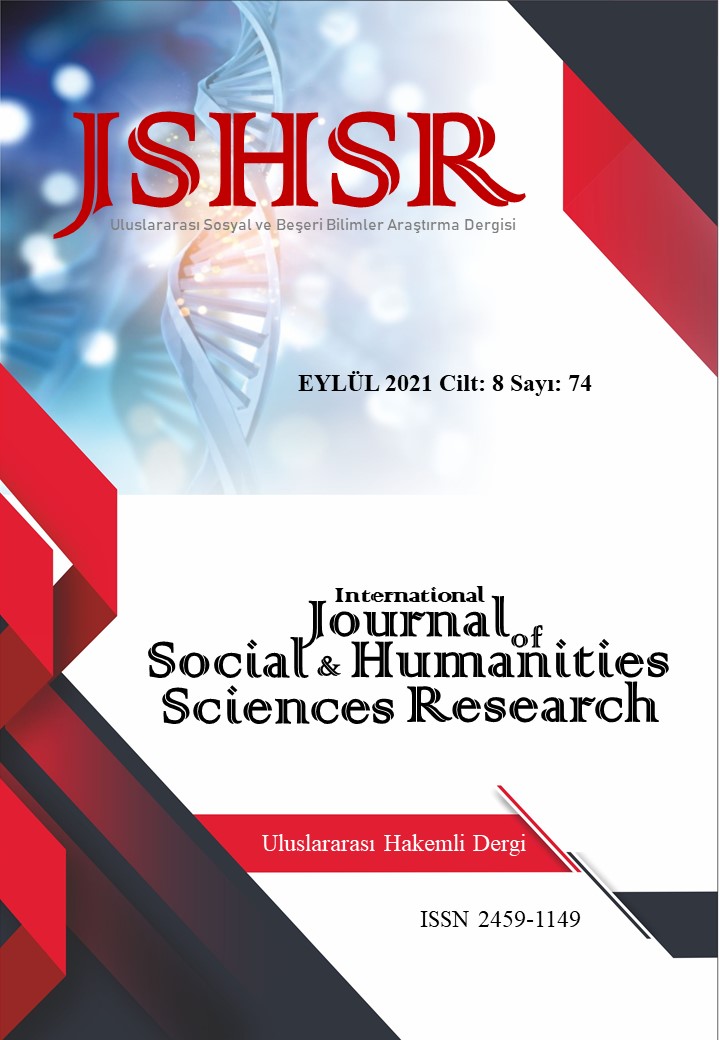SOCIO-CULTURAL LIFE IN PINARBAŞI IN VISUAL DATAS (1923-1970)
DOI:
https://doi.org/10.26450/jshsr.2691Keywords:
Pınarbaşı, Visual Data, Socio-Cultural LifeAbstract
Kayseri, being on an important branch of the historical silk road, is a city that has uninterrupted contact with the world and has been important at all times. Pınarbaşı, which is a district of Kayseri today, gained the status of a county of Sivas Province in 1861, a Sanjak of Bozok Province in 1862, and a district of Sivas Province in 1865. Pınarbaşı was established under the name of “Aziziye” during the reign of Sultan Abdülaziz, and Aziziye remained attached to Sivas until 1926, and after this date it was connected to Kayseri under the same name. In 1928, it was renamed Pınarbaşı.
After the proclamation of the Republic, it took the name Pınarbaşı because of the spring emerging from the skirts of Şirvan Mountain. 89 km to the east of Kayseri province. The area of Pınarbaşı, which is located at a distance of 3,328 square kilometers. The district has been an important livestock center in the past. Until the 1950s, the people of the district were engaged in horse breeding, and the horses were sold to the army, thus good incomes were obtained. Pınarbaşı district is extremely rich in terms of historical artifacts.
As a social structure, Circassian, Avşar, and 93 Immigrants live together homogeneously in some settlements and mixed in some villages. In our study, the socio-cultural life in Pınarbaşı between the years 1923-1970 will be examined with visual data, and the socio-cultural change experienced in this process will be explained with the support of visual data.
Downloads
Published
How to Cite
Issue
Section
License
Copyright (c) 2021 INTERNATIONAL JOURNAL OF SOCIAL HUMANITIES SCIENCES RESEARCH

This work is licensed under a Creative Commons Attribution 4.0 International License.


